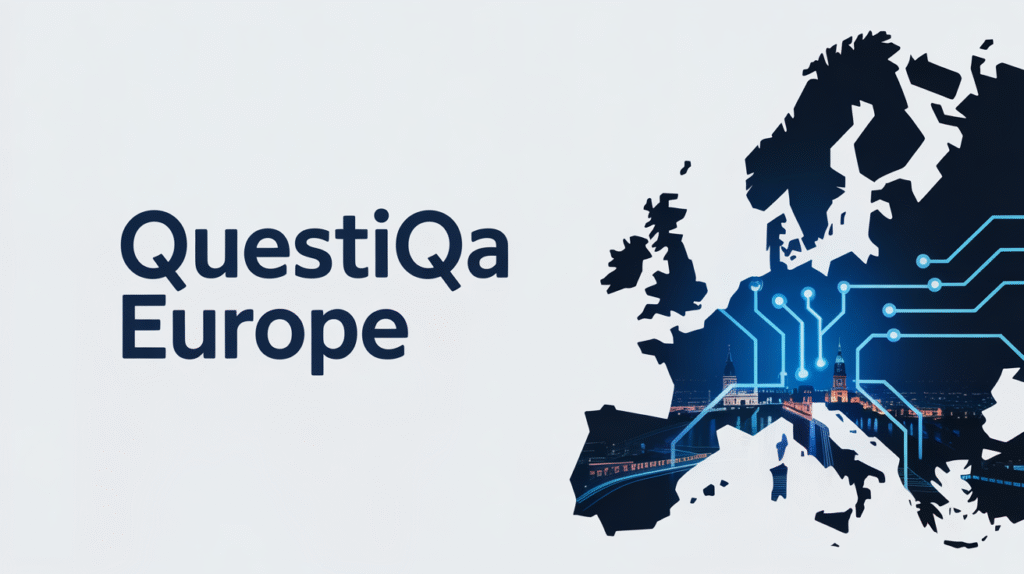Summary – After months of negotiations, the European Union and the United Kingdom reached a critical agreement addressing the Northern Ireland Protocol, averting a potential trade war and easing tensions within Europe.,
Article –
On June 27, 2024, the European Union (EU) and the United Kingdom (UK) reached a crucial agreement concerning the Northern Ireland Protocol, a key part of the Brexit Withdrawal Agreement designed to prevent a hard border on the island of Ireland. This agreement helps avoid a potential trade war and eases tensions in Europe, ensuring peace and economic stability in the region.
Who Is Involved?
The primary stakeholders are:
- The European Commission, representing the EU, led by Ursula von der Leyen.
- The UK government, led by Prime Minister Rishi Sunak.
The Northern Ireland Protocol was intended to keep Northern Ireland aligned with certain EU rules to avoid customs infrastructure along the border between the UK and the Republic of Ireland.
Timeline and Sequence of Events
Since the UK’s exit from the EU in January 2020, the Northern Ireland Protocol has been a source of contention, especially due to customs checks and regulatory alignment issues. Tensions rose as the UK proposed unilateral modifications, raising concerns over legal compliance and trade impacts.
After several negotiation rounds, the EU and UK reached a compromise with new arrangements that include:
- Streamlined customs procedures.
- Enhanced cooperation on regulatory standards.
- Mechanisms for dispute resolution through dialogue.
This framework preserves the EU single market’s integrity while respecting UK sovereignty.
Official Statements
Ursula von der Leyen said, “This agreement ensures the Northern Ireland Protocol will function effectively, protecting peace and enabling trade to flow smoothly across the Irish border.”
UK Prime Minister Rishi Sunak added, “We have secured a fair and balanced deal that protects the union of the United Kingdom and ensures Northern Ireland’s unique position is respected.”
Immediate Consequences
The agreement has:
- Alleviated the threat of a trade war with tariffs and border checks.
- Provided clarity and predictability for businesses on both sides of the Irish Sea.
- Contributed to political stability by addressing unionist and nationalist community concerns.
Economic analysts expect it to prevent trade disruptions worth billions of euros annually, benefiting sectors like pharmaceuticals, agriculture, and manufacturing.
European Reactions
The reaction across EU member states has been positive overall:
- Brussels emphasized the importance of upholding international agreements.
- France viewed the deal as a concession on some UK demands but welcomed the avoidance of a major trade dispute.
- Irish Taoiseach Leo Varadkar highlighted the agreement’s support of the Good Friday Agreement and Northern Ireland’s special status within the EU framework.
- The European Parliament urged ongoing cooperation for smooth implementation.
What Comes Next?
Both the EU and UK will swiftly implement the new arrangements, overseen by joint committees. Agreed measures include:
- Regular reviews and dispute resolution mechanisms to handle emerging issues diplomatically.
- A formal review scheduled for early 2025 to assess and adjust the agreement if necessary.
- The European Commission will guide member states and businesses to facilitate the transition.
This agreement represents a milestone in post-Brexit EU-UK relations, emphasizing dialogue and cooperation over confrontation.

More Stories
Eighteen EU Countries Seek Billions from New Defense Fund Amidst Rising Security Concerns
Eighteen EU Countries Seek Billions from New Defense Fund to Strengthen Security
Eighteen EU Countries Seek Billions from New European Defense Fund